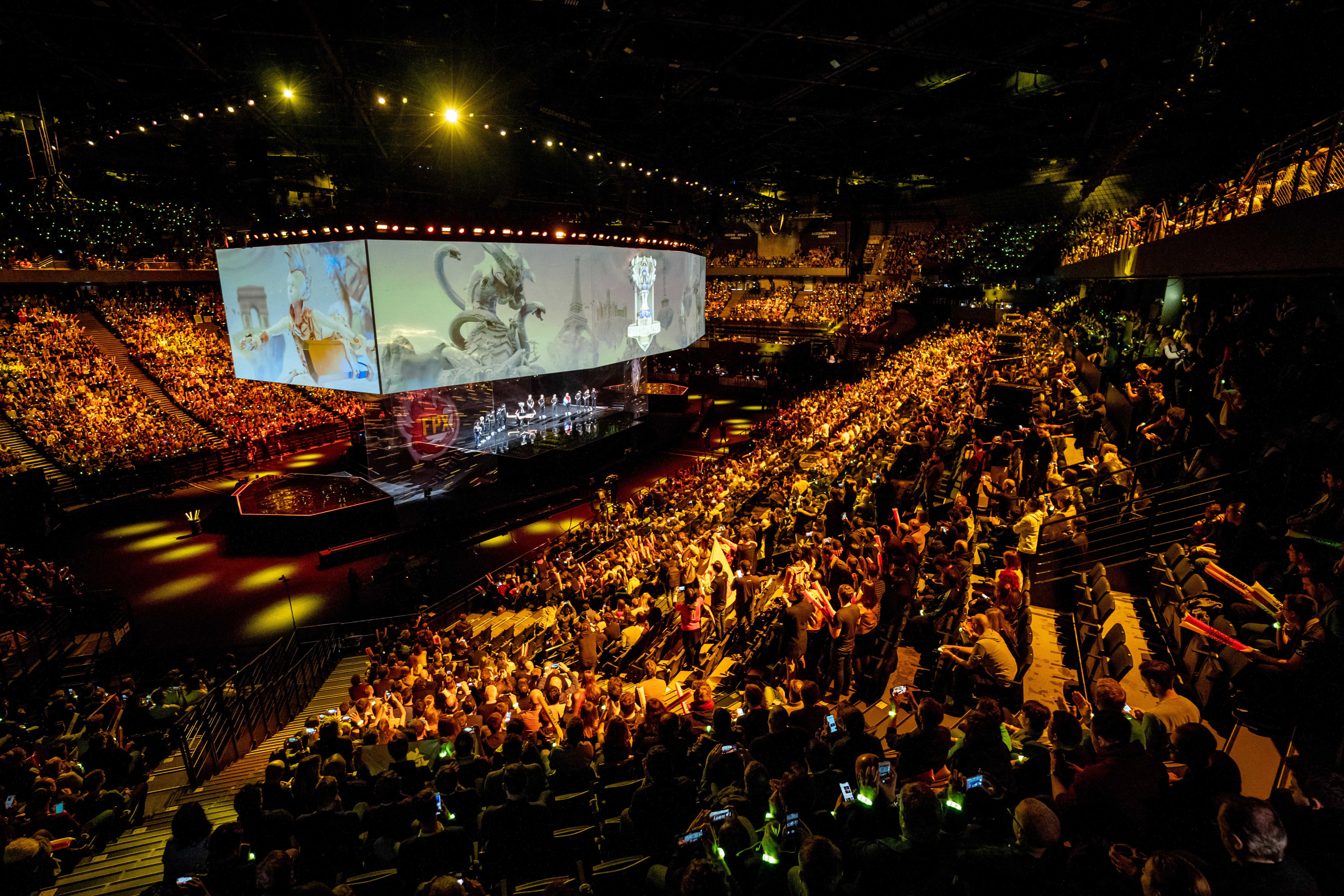Esports Projected to Have Banner Year Despite Pandemic
NewZoo’s latest report shows that the global esports economy will generate a revenue growth of 15.7 percent.

China has led the way in the esports market for a number of years, and will continue to do so, with revenues of $385 million. These are expected to grow to $540 million by 2023. North America is projected to be the second-largest region in terms of revenues with $252.5 million, followed by Western Europe as the third-most revenue-generating region with $201.2 million in 2020.
The esports industry was set to have a banner year in 2020, with NewZoo’s latest report showing that the global esports economy will generate a revenue growth of 15.7 percent. This would put esports in the category of truly becoming a billion dollar business for the first time, hitting projections that were initially made several years ago.
SPONSORSHIP, MEDIA RIGHTS, TICKET SALES
A large portion of the revenues this year are expected to come from sponsorship and media rights. This sector has seen significant growth, largely led by ESL, Riot Games and Activision Blizzard. These companies have begun partnering with several key endemic and non-endemic sponsors, such as HyperX, State Farm, Coca-Cola and others to drive sponsorship revenue. This will total $822 million, according to NewZoo, which is a 17.2 percent increase from last year.
Media rights have also been a key component of growth this year, with Activision Blizzard departing their media deal with Twitch and moving over to YouTube for a reported $160 million over three years.
“With more than 200 million gamers a day watching more than 50 billion hours of gaming content per year, YouTube provides gamers and their passionate fans with the most popular video gaming platform in the world,” said Ryan Wyatt, head of gaming, YouTube. “Both the Overwatch League and Call of Duty League are the quintessential examples of world class esports content. As a former Call of Duty esports commentator myself, I couldn’t be more excited for Activision Blizzard to choose YouTube as its exclusive home for the digital live streaming of both leagues. This partnership further demonstrates our dedication to having a world class live streaming product for gaming.”
Ticket sales were also projected to grow significantly this year, up to $121.7 million, though this was before a significant amount of events in February and onwards were forced to shift online in the wake of the Coronavirus outbreak. Early in the year, this was felt the worst in Asia, though it has slowly radiated outwards as the disease spread. However, many organizers in the esports space have been able to pivot toward online events, and people being at home have inflated viewership in a time where sports broadcasts are largely cancelled. This has led to some recovery of ticket sales through sponsorships and other means in every sector of the esports community, with the exception of fighting game events.
GROWING FAN BASE
The global audience for esports has rapidly expanded in 2020, reaching up to 495 million people across all genres and a further 272 million occasional viewers watching large-scale events. These projections were made at the beginning of the year and are set to eclipse these numbers as sports fans turn to the only game in town, led by real sports leagues moving to their digital equivalent for television broadcasts. China will be host to the largest esports audience with 162.6 million in 2020, followed by North America with an audience of 57.2 million.
Get the TV Tech Newsletter
The professional video industry's #1 source for news, trends and product and tech information. Sign up below.
This has led to the average value of the esports fan being up to $4.94, a number that only increased 2.8 percent from last year. Esports companies track and refer to the average “value” of fans, defined as how much money a hypothetical average person spends on X every Y months. This is expected to rise in the coming years as the industry matures and developers and teams alike figure out how to monetize their rabid fan base and tap into the ever-valuable 18–34 demographic.
Newzoo expects that by 2023, the average value of an esports fan will be about $5.23. While this is encouraging, it’s worth noting that this pales in comparison to what the average sports fan spends, as Americans alone spend $56 billion annually on sporting events. It does, however, show that the esports industry has massive growth potential that should only get better as time goes on and more people are exposed to esports.
It’s important to note that these projections were made before the onset of Coronavirus, and are subject to change as the economy has suffered a downturn. If things do not rebound, the industry could see a slight cooling off period as companies invest carefully despite the somewhat positive effects in short-term viewership.
